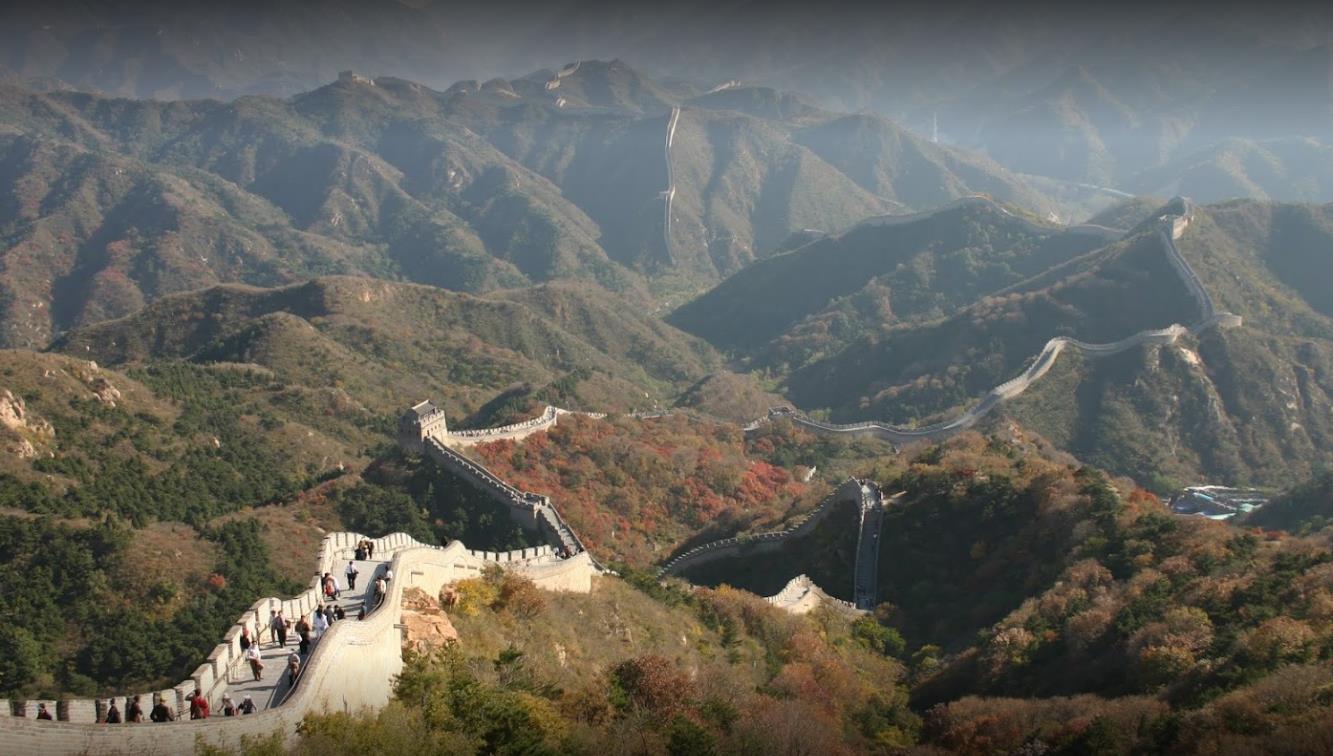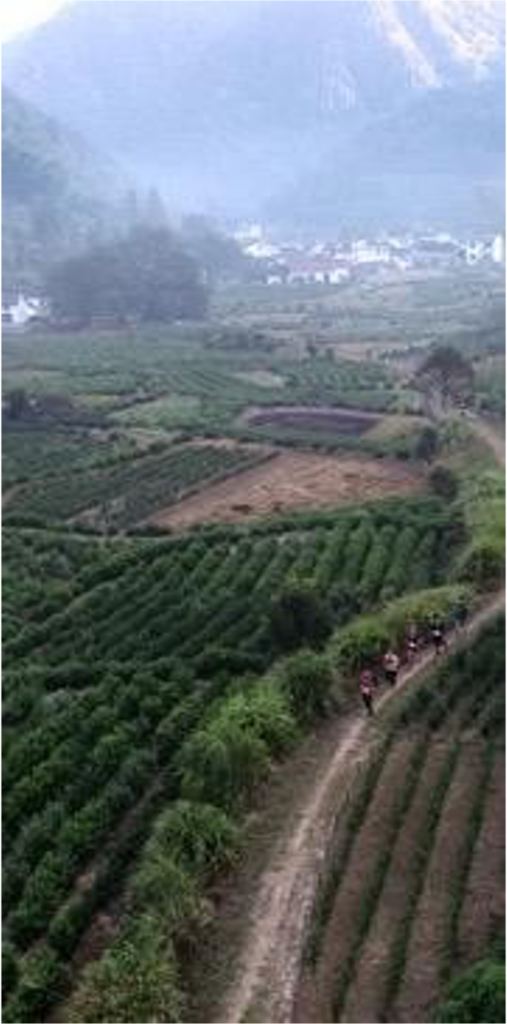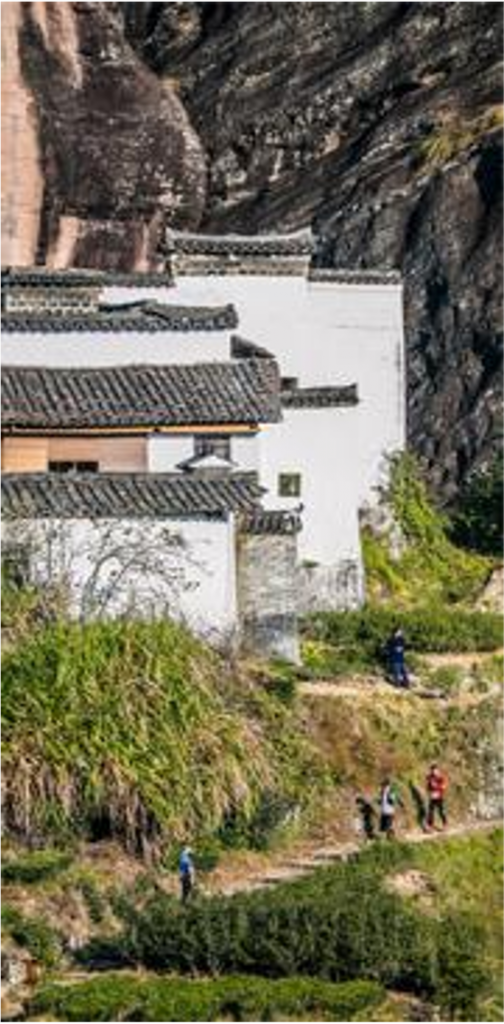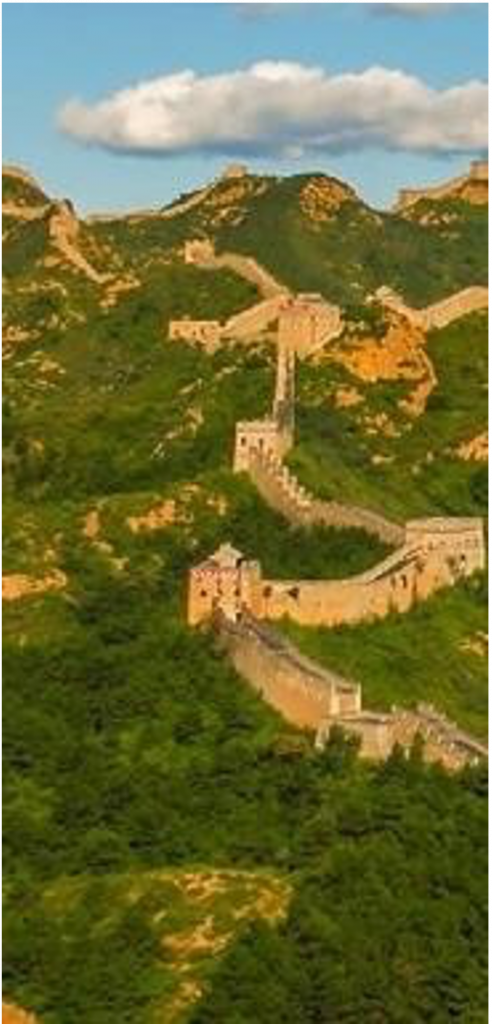

Our Mission
We seek to develop new international events and cooperation all over the world, including China and Asia. Our company is located in New York City with team members in the US and China.
Our goal is to create high-quality international events in natural scenic areas with well-known cultural and historic landscapes, establish international brands, attract international participants, promote the development of local tourism resources and local economy.
We promote exchange and cooperation between China and organizations worldwide through the platform of endurance sports tourism









